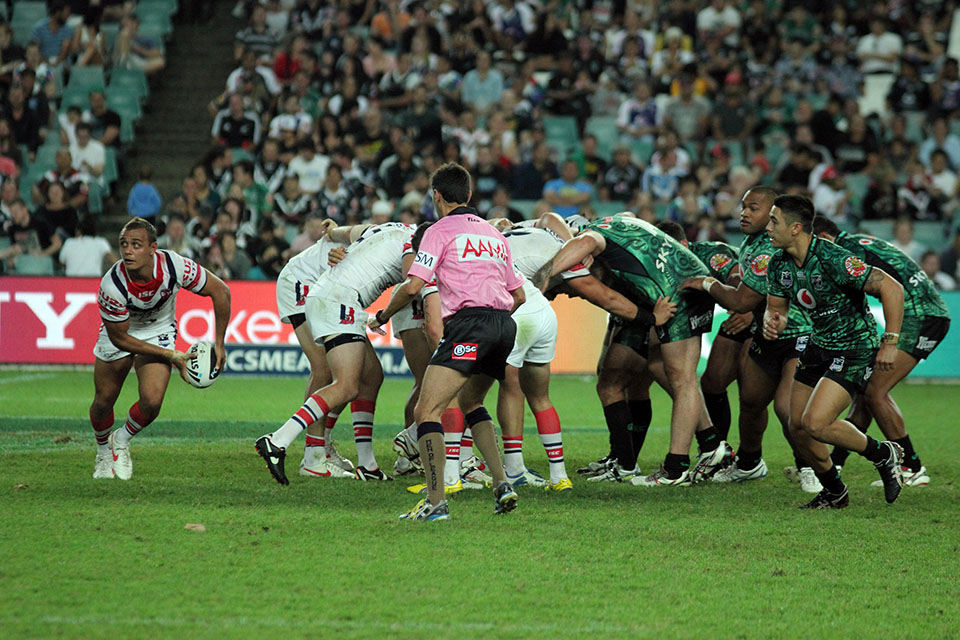
Common Injuries In Rugby League | & Prevention Strategies
Friday, June 8, 2018
In 2015, across Australia, there was a 6% increase in participation in the sport. This means across Australia 1.4 million people are playing some rugby league. In any collision sport, particularly in rugby league, injuries are a relatively common and inevitable part of playing.
The risk of sustaining an injury in rugby league that requires medical treatment is about 40 injuries per 1,000 playing hours which is quite high compared to other Australian participated sports.
There is a higher incidence of injury during tackling. However, the most common rugby league injuries are seen by our Physio Inq Physiotherapists are ankle sprains, hamstring tears, and knee pain.
Identifying common Injuries in rugby league and their prevention strategies will significantly reduce the incidence, severity, and cost of rugby league injuries to players.

Ankle Sprain
Any movement that causes the ligaments to stretch beyond their normal capacity causes an ankle sprain. In particular, the ankle gets sprained when you make a fast, shifting movement with your foot planted on the ground. This occurs frequently during the
Prevention
During rugby league training or cross-training sessions, you should work on maintaining good balance, strength and flexibility to assist in preventing ankle sprains. If you are at high risk of this injury or have had ankle sprains in the past, it can help to wear an ankle brace or tape the ankle when you are exercising.
Hamstring Tear
A hamstring strain is also commonly known as a pull or tear. Hamstring strains are usually caused by a sudden burst of movement and are common in sports like rugby league, which involve sprinting and quick changes of direction.
Prevention
The best way to prevent hamstring injury is to complete thorough warm-ups and cool downs. This will help to prepare the body for exercise and then speed up recovery afterwards.
Jumper's Knee Pain (Patella Tendon)
Pain below the knee cap could be coming from the patella tendon. All the running and jumping in rugby league can cause jumper's knee, a.k.a. patella tendinopathy. This is a degenerative condition causing micro tears in the tendon.
Prevention
Regularly stretch your quads and hamstrings. Inflexible quadriceps and hamstrings can put extra stress on the patellar tendon. Basic, disciplined stretches of both muscles can help prevent tendinitis and help heal it. Try dynamic stretches like leg extensions—however, lower the weight slowly after lifting it at normal speed.
The most common cause of injuries to the knee ligaments is over-extension. There are two ligaments in the knee, medial collateral ligaments and lateral collateral ligaments. Incorrect technique or improper conditioning can lead to this injury in rugby league players.
The Long Term Plan
Rugby league players can reduce their risk of knee ligament injuries by performing training drills that require balance, power, and agility. Adding plyometric exercises, such as jumping and balance drills will help to improve neuromuscular conditioning and muscular reactions and ultimately lower the risk of knee ligament injury.
Lower your risk of common rugby league injuries to the ankles, knee, and hamstrings by ensuring that you are in good condition before playing: work on balance, flexibility and agility during training, complete adequate dynamic warm-ups, and stretch following games. Do this to ensure you can be playing for the whole season and not two weeks of it.
